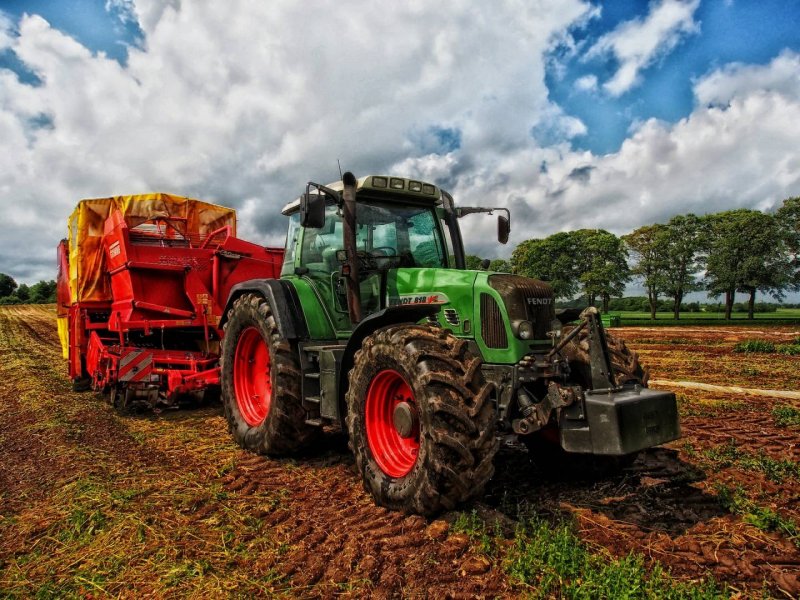Agriculture

You have probably heard the word agriculture, but do you understand what it actually includes? Agriculture is the art and science of cultivating the soil, growing crops and raising livestock. It includes the preparation of plant and animal products for people to use and their distribution to markets.
Although many believe that a degree in agriculture only involves working in the fields; however, there is an increasing use of technology in this area, so career opportunities are vast. It’s not surprising that nearly half of the openings in agriculture will be in management and business. Agencies that lend to agribusinesses, such as banks and credit organizations, need appraisers, loan officers and analysts that understand the industry. Insurance companies that work with farming operations need risk managers, and agriculture companies need accountants, sales reps, marketing managers, and more.
Additionally, farmers make decisions based on the information they have on-hand, which is why data has helped them harness the power of information to make better-informed decisions that allow them to use resources more sustainably. A digital platform that brings together data collection, agronomic modeling, and local weather monitoring, which gives farmers a better understanding of their fields. These tools allow farmers to plan for better harvests and make decisions that are better for the planet.
Agriculture provides most of the world’s food and fabrics. Cotton, wool, and leather are all agricultural products. Agriculture also provides wood for construction and paper products. Agriculture is one of the most widespread activities in the world, but it is not uniform throughout.
Before agriculture became widespread, people spent most of their lives searching for food—hunting wild animals and gathering wild plants. When people began growing crops, they also began herding and breeding wild animals. Agriculture enabled people to produce surplus food. They could use this extra food when crops failed or trade it for other goods. Food surpluses allowed people to work at other tasks unrelated to farming.
Agriculture careers are professional paths related to farming, cultivation and animal husbandry. These career paths involve everything from growing crops and nurturing the soil to raising livestock like cattle, pigs and chickens. Careers in agriculture also incorporate manufacturing, marketing and selling the products that result from crops and livestock as well as providing support and assistance throughout the field.
Whether an individual chooses to study animal science at the associate's or bachelor's degree level, both programs will include core courses in livestock management and animal breeding. However, a bachelor's program may allow students to gain hands-on experience. Many programs incorporate internships at farms or other locations in the animal agricultural industry. Bachelor's programs also include more general education requirements than associate's programs. Graduates of both programs can pursue careers in breeding, farming and related sectors of the agricultural industry.
Crop and Livestock Production
Crop and livestock farming is an agricultural production system which combines one or more crops (intended for sale and/or feeding of animals) and at least one type of livestock. Such a system is when animals are fed by crops and grasslands, which are then fertilized in return by their feces. Crop-livestock farming exists at farm-level or between several farms (at least two) which coordinate between one another for the management of material flows (grain, fodder, manure) or via an economic organization managing these flows.
Horticulture
Horticulture is the science and art of the development, sustainable production, marketing and use of high-value, intensively cultivated food and ornamental plants. Horticulture also contributes to quality of life, and the beauty, sustainability and rehabilitation of our environment and the human condition. Plants, crops and green spaces sustain and enrich our lives by providing nutritious food, enhancing the beauty of our homes and communities and reducing our carbon footprint.
Practitioners of horticulture are as diverse as the crops that make up the industry and the discipline. They include a wide array of individuals and groups who farm, landscape, garden, research, advise and enjoy the bounty of horticultural plants for their nourishment, health benefits and aesthetics.
Environmental horticulture provides a range of green career paths including in greenhouse production, wholesale brokers, commercial nurseries, garden centers, florists and landscape design and construction firms. There are also green jobs in private and community gardens, municipal parks and state or national reserves.
